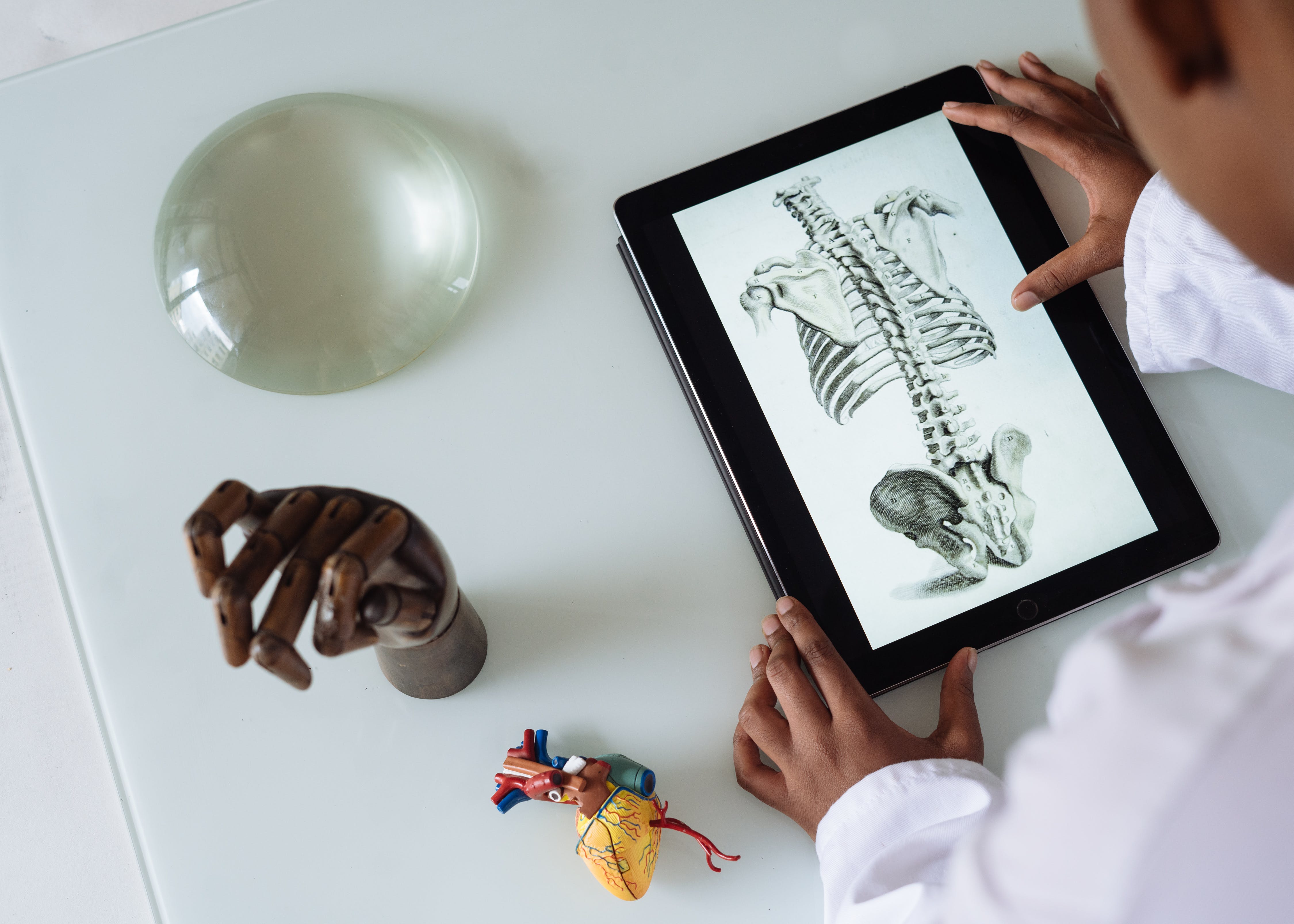Disclaimer: Wayne Thembani Chinembiri, LL.M is a PhD candidate at the Technical University (TU) Munich. The views expressed in this article are his own and do not necessarily represent those of the University or of ARIPO.
Defining the concept of eHealth in Africa
The World Health Organization (WHO) defines eHealth as the use of information and communication technologies (ICT) for health. The concept of “eHealth” deals with the intersection of medical informatics, public health, business and, primarily, it refers to delivering health services and patient data or information using the internet and related technologies. Today, people possess the power to take control of their health through smartphone applications, smart wearables and other connected devices, and, it has never been easier to get in shape, measure blood pressure or heart rate, lose weight, improve sleep and count calories. The idea of eHealth is not static, but rather, many commenters have come to think of it as “a state-of-mind, an attitude, and a commitment for networked, global thinking, to improve healthcare locally, regionally, and worldwide by using information and communication technologies (ICT).”
Healthcare is an important topic in Africa because good healthcare systems naturally bring economic dividends for the whole society. This is because when people are healthy, they can be more productive. It also follows that healthy children are likely to experience a brighter childhood and can grow up to become productive adults. Studies show that increased life expectancy and low infant mortality are linked to economic growth and that increasing investment in healthcare translates into hundreds of billions of dollars per year of additional income, which could be used to improve living conditions and social infrastructure in Africa.
This paper will consider the current deployment and potential for the use of eHealth within the African context and how mobile communication standards have enabled the expansion of eHealth approaches to dealing with limitations with respect to accessible and affordable healthcare. Furthermore, the paper provides some recommendations about how African governments and private sector service providers can leverage available technologies to make healthcare systems more resilient and user-friendly.
Current status of health care systems
The African continent is struggling to deliver quality, affordable and accessible healthcare services. 36 of the 57 countries around the globe suffering from a critical shortage of health personnel as defined by the World Health Organization (WHO) are in Africa, which has 0.21 doctors for every 1000 people. This is why, in 2010, the WHO had already foreseen the importance of the digital revolution to fast-track improvements in public healthcare. This is because 25% of the global disease burden saddles the African continent but, only 1.3% per cent of the global healthcare workforce is employed in Africa.
The WHO put in place a global strategy for digital health operating between the years 2020-2025 which particularly emphasizes eHealth approaches as an accelerator to achieve health-related Sustainable Development Goals (SDGs) by improving accessibility and affordability of conventional health services.
Some specific challenges that have paralysed the public health scene in some African states are the limited number of healthcare professionals, failures by governments to adequately compensate healthcare workforces and insufficient procurement of medical supplies coupled with inadequate investment into medical infrastructure and equipment. Long waiting times are caused by a complex interaction between the demand and supply of health services, where doctors play a critical role on both sides.
In countries like Zimbabwe, doctors and nurses often use industrial action and go on strike or “go-slow” action because of unfavourable working conditions and poor remuneration rates. Many African patients are, therefore, underserved medically and are disgruntled by the lack of access to adequate healthcare services.
Access to healthcare facilities remains a serious hindrance to the public health sector. Targeted interventions are needed to overcome challenges faced in providing adequate healthcare services. This will require a collaborative effort from governments and private actors.
In this light, owing to the widespread adoption of mobile communication standards such as the Second Generation (2G) up to the Fifth Generation (5G), Africa has been able to leverage the availability of internet connectivity to springboard the delivery of healthcare outputs to a greater number of African people. For instance, mobile phones are supporting the delivery of maternal healthcare services in South Africa. In West Africa, mobile phones are assisting patients in several countries such as the Ivory Coast, Ghana and Nigeria to verify the authenticity of medication due to the high prevalence of fake drugs.
Technological interventions should be seen as approaches that can help African governments be more efficient and transparent in delivering healthcare services to the people. Technology helps service delivery in the healthcare sector by interconnecting various stakeholders in the value chain within a healthcare system.
As an example, the WHO reported that in 2019, Sierra Leone became the first country in the WHO Africa region to fully transform its national disease surveillance system from a paper-based to a web-based electronic platform. This means that all public health facilities in Sierra Leone implement electronic reporting of disease surveillance data. This is particularly significant because it allows the government and other strategic partners to manage better limited medical supplies and plan to effectively deploy limited resources, including human capital such as doctors and nurses.
The next article will consider the impact and importance of mobile communication standards in enabling greater access to healthcare on the continent.

